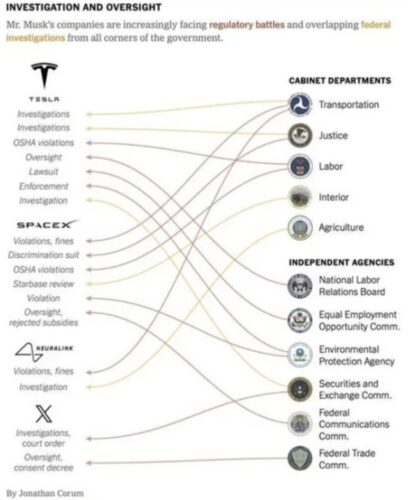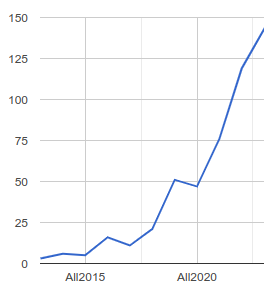After thirty years of prowling the data centers of Silicon Valley and watching countless digital conflicts unfold across our bleeding world, I find myself returning, time and again, to that damned line from Virgil: “Felix, qui potuit rerum cognoscere causas.” Blessed is the one who can know the causes of things.

Hah! If only it were that simple, eh?
You see, what most of us who studied at the London School of Economics miss — as we scurry around with this motto emblazoned on our umbrellas, shirts or scarves — is an exquisite irony of it all. Virgil penned this phrase in his “Georgics” around 29 BC, when the dust of civil war barely had settled on Roman soil. The suffering was still raw, so to speak.
Let’s dissect Book II, lines 490-492 properly:
Felix qui potuit rerum cognoscere causas
Atque metus omnes, et inexorabile fatum
Subjecit pedibus, strepitumque Acherontis avari
Happy is the one able to understand the causes of things, and who casts beneath their feet all fear, inexorable fate, and the roaring depths of river Acheron
The full passage speaks not just of understanding, but of overcoming fear, of putting one foot in front of the other despite an inexorable fate. Having spent decades studying the poetry of civil wars — from Spain to Syria, from the American South to the killing fields of Cambodia — I can tell you this: such knowledge rarely brings forth Virgil’s promised serenity.
Dryden’s attempt in 1697 at a translation — “Happy the Man, who, studying Nature’s Laws, / Thro’ known Effects can trace the secret Cause” — tones it down somewhat, doesn’t it? Makes it all sound rather scientific, almost cheerful. But there’s a cruelty still there, lurking beneath the surface.
When I think of our school’s motto, I can’t help but remember the poets I’ve studied — men and women who wrote amidst their own civil conflicts. They knew the causes all too well, didn’t they? And yet did that knowledge bring anyone any peace? Consider that Virgil himself was writing in the aftermath of Rome’s own devastating civil wars. He knew, perhaps better than most, that understanding the causes of things doesn’t necessarily make us “felix” — fortunate or happy.
The later adaptation — “Felix, qui potest rerum cognoscere causas” — shifts our view to the present tense, making it more immediate, more urgent. But I prefer the original’s past tense. It carries the weight of history, the burden of hindsight that I studied at LSE. It reminds us that true knowledge comes late, always too late.
And what of that final line about the “roaring depths of river Acheron“? The river of those who suffer the most, lost souls hungry to corrupt or disappear ever more to be like them. How many civil war poets have stood at its metaphorical banks, documenting the endless appetite of conflict?
Some of my fellow graduates of LSE might disagree, but I’ve always found it somewhat amusing that we have this as our motto. In my more cynical moments (of which there are many, I assure you), I wonder if it was chosen precisely because of an inherent contradiction to navigate — an impossible promise that gaining understanding will bring the world happiness.
After all these years of study and work in the guts of Big Tech, of parsing through verses written in blood and desperation, I’ve come to believe that Virgil wasn’t making a statement of fact, but rather expressing a desperate hope. A hope that somewhere, somehow, someone might truly understand and find peace in that understanding.
But then again, what do I know? I’m just an old cybersecurity executive who’s spent too many years reading poetry written by those who saw their worlds tear themselves apart.


